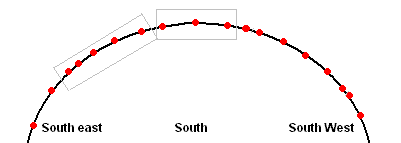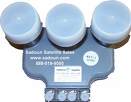| Home Login Register |
| Satellite Internet forum › Dish pointing and alignment › 1 dish 2 LNB'S |
|
Pages: 1
|
1 dish 2 LNB'S(Read 15549 times) |
|
Ex Member
Ex Member
|
May 6th, 2007 at 8:20pm
|
| Back to top |
IP Logged
|
|
USN - Retired
YaBB Moderator
★★★★★ Offline Posts: 837 Kentucky (USA) |
Reply #1 - May 7th, 2007 at 2:23am
|
| Back to top |
USN (Ret)
IP Logged
|
|
Admin1
YaBB Admin
★★★★★ Offline Posts: 1192 |
Reply #2 - May 10th, 2007 at 9:36am
|
| Back to top |
IP Logged
|
|
Pages: 1
|
Email me: eric@satsig.net
Powered by YaBB 2.5.2!
YaBB Forum Software © 2000-. All Rights Reserved.
Disclaimer, Terms of Use and Privacy Forum User Agreement Forum rules Cookie policy.




